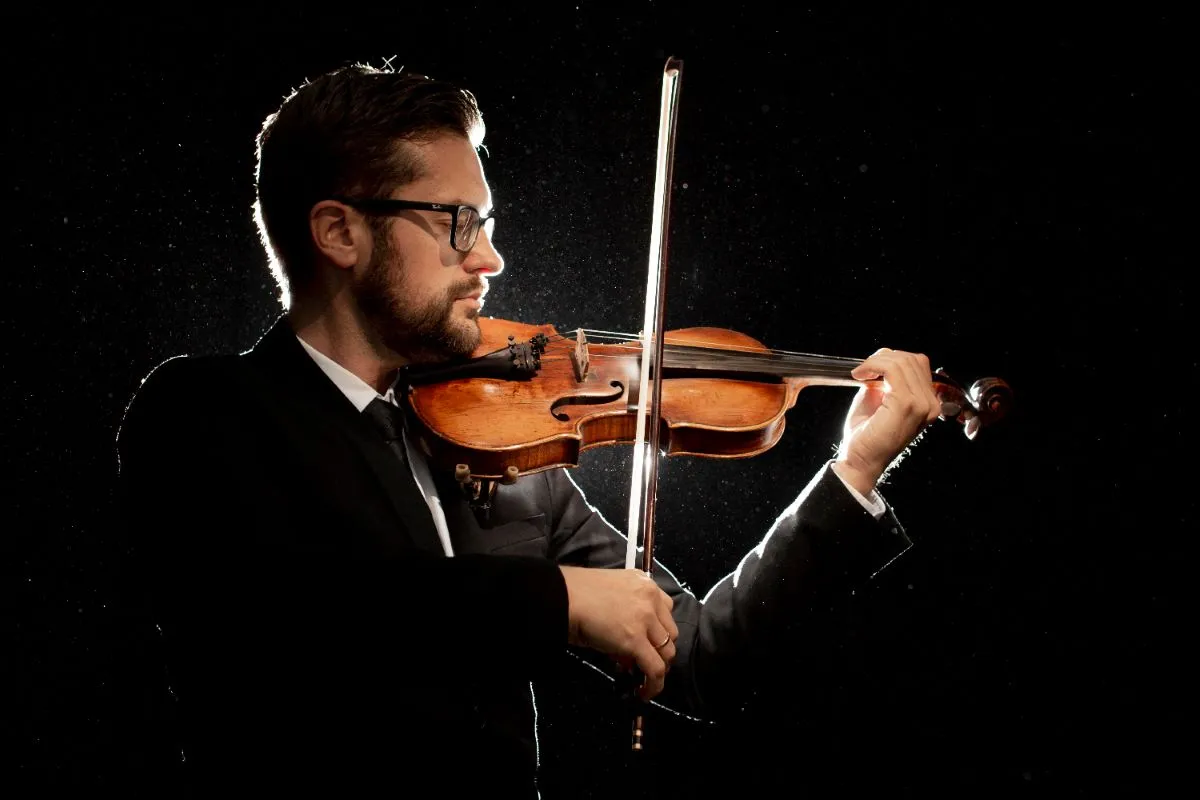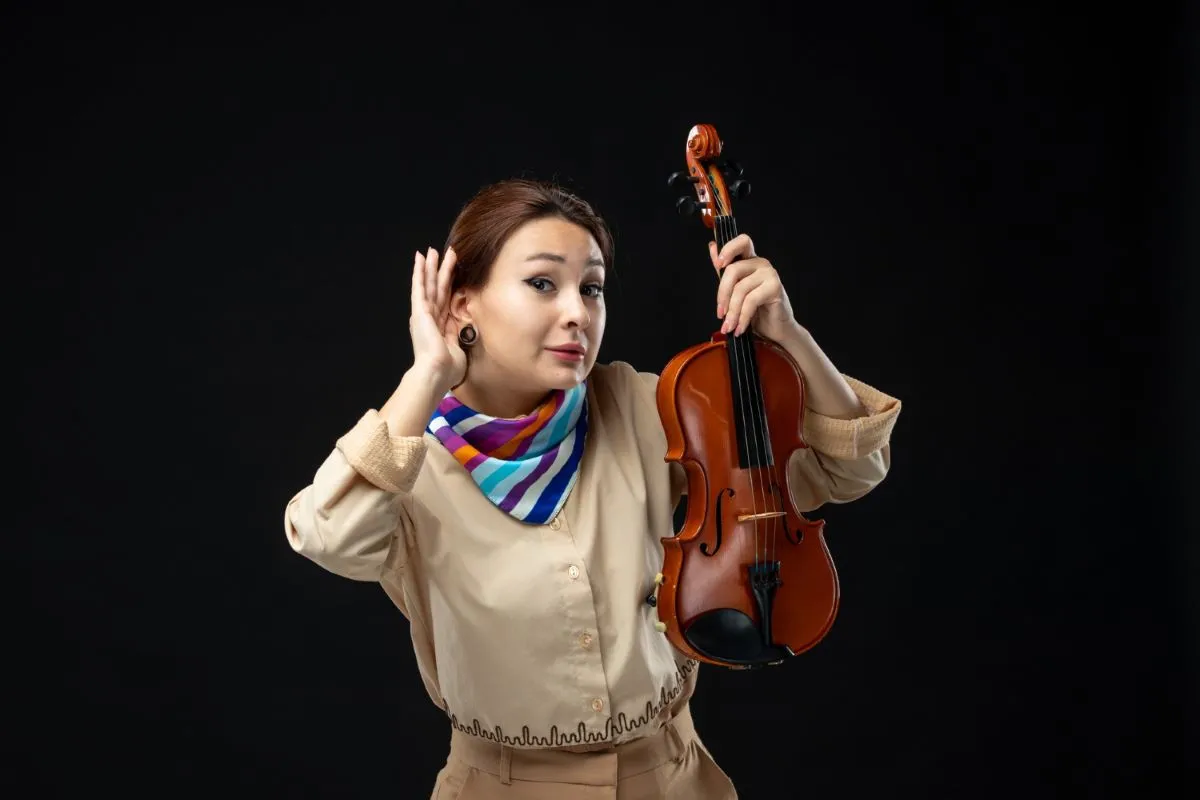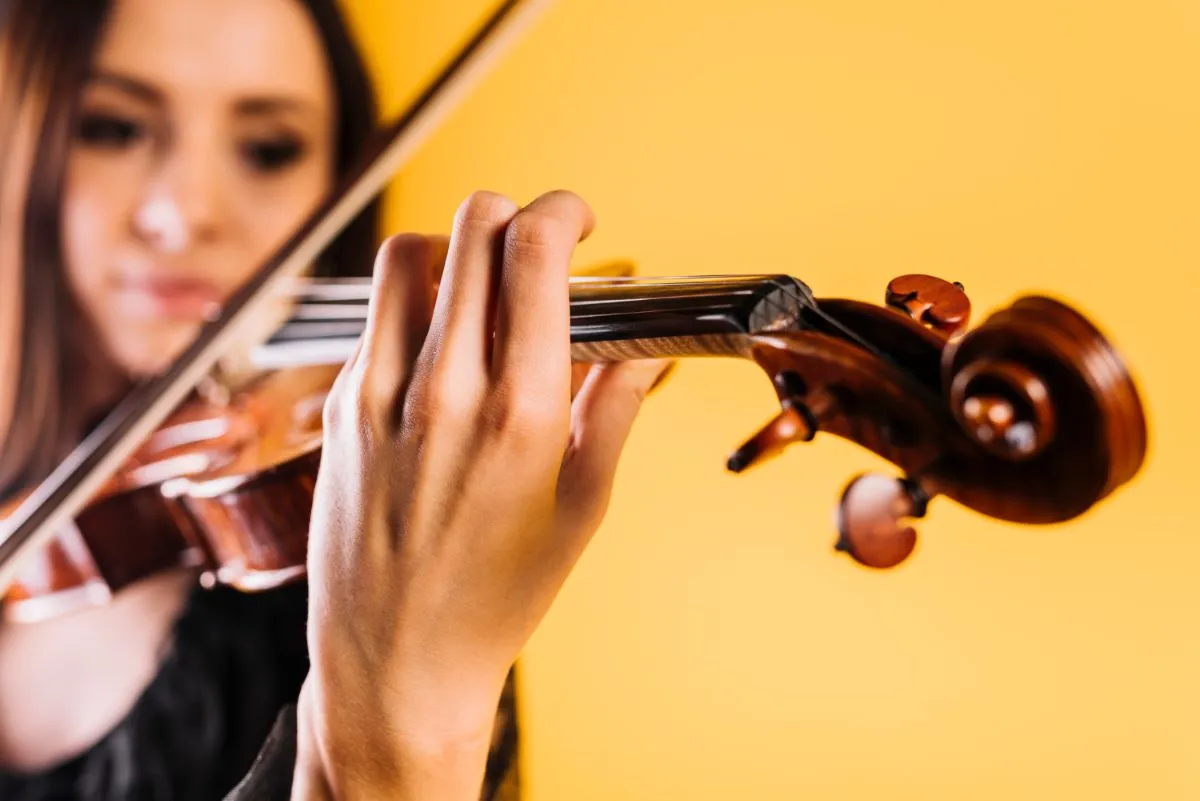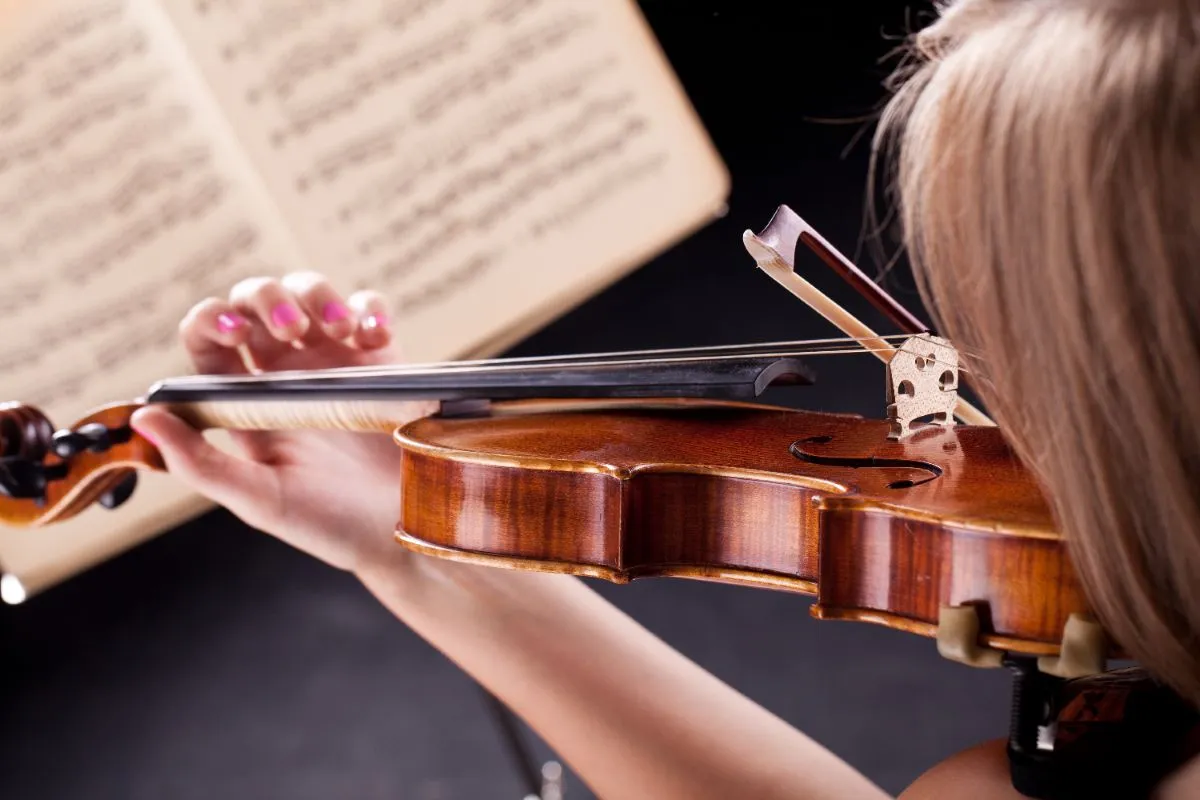
Learning the violin as an adult is a fulfilling and enriching journey, with lessons tailored to individual goals, interests, and schedules.
Adults violin lessons offer a rewarding journey tailored to meet the unique needs of adult learners. While the core principles of playing remain consistent, the approach, goals, and methods are thoughtfully adjusted to ensure an effective, engaging, and enjoyable learning experience for adults, distinct from those designed for children.
TAKE THE FIRST STEP
The length of each lesson depends on your level:
To guarantee personalized attention and tailored learning, all lessons are taught on a one-to-one basis. This ensures that the lessons focus on your individual needs, goals and pace.
Lessons are held once a week, providing a consistent schedule to maintain steady progress and regular practice.
Our adult violin lessons are designed to accommodate students of all levels, with a structure that ensures effective learning.

For adults, goals are tailored to personal interests and aspirations. Whether you’re picking up the instrument for the first time or revisiting it after years, here are some common objectives adult learners wish to achieve:
Adults often aim to master fundamental techniques, such as proper bowing, intonation, and finger placement.
Establishing effective and efficient practice habits to progress steadily despite busy schedules.
Expanding knowledge of music theory, reading notation, and understanding musical structures to deepen overall musicianship.
Whether playing for personal satisfaction, family, or in more formal settings, many adults aim to confidently share their music with others.
Progressing through specific pieces, grades, or skills that align with each individual’s personal aspirations.

Develop proper bowing, posture and finger placement to build a strong technical base.
Learn to read sheet music, interpret notation, and understand rhythm and pitch.
Gain fluency in essential technical exercises to improve intonation, coordination and fingerboard familiarity.
Explore a variety of music styles, from classical masterpieces to folk and contemporary pieces, tailored to your interests.
Discover how to convey emotion and character in your music through dynamics, phrasing and tone control.
Sharpen your ability to recognize pitch, rhythm and harmony, which enhances overall musicality.
Learn how to manage stage nerves and perform comfortably, whether for friends, family or formal settings.
Understand the structure of music, including key signatures, scales and harmony, to enrich your playing experience.

Understanding the differences between children’s and adults’ violin lessons highlights the adaptability of music education to meet the diverse needs of learners. For adults, lessons focus on personalized goals, efficient practice strategies and technical refinement. Regardless of age, violin lessons provide a fulfilling opportunity to develop musical skills, express creativity and enjoy the beauty of music.
Pick your favorite instrument and start making music today!
MUSIC LESSONSHow to enroll
Categories